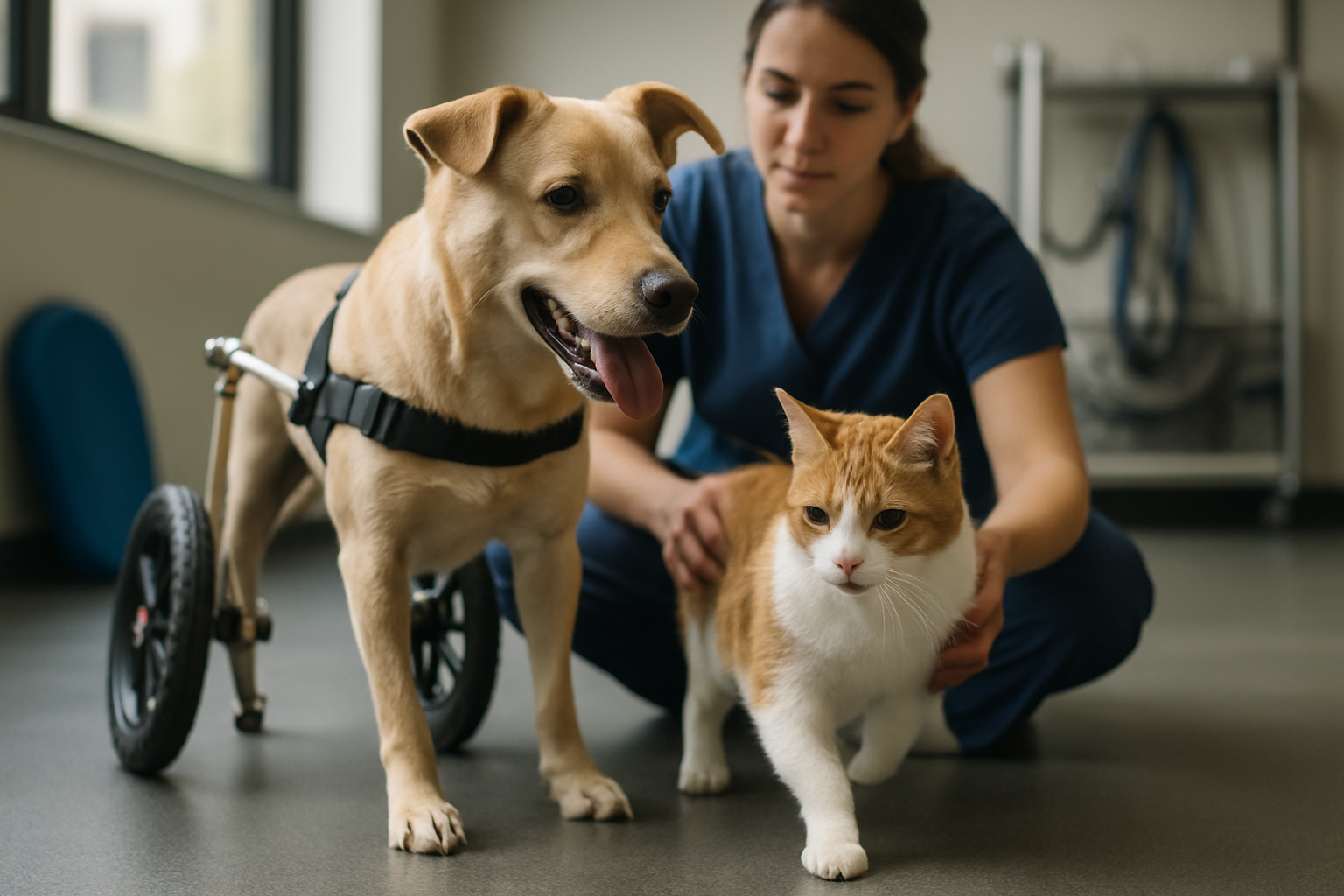Emergency first-aid basics every caregiver should know
Every caregiver should be prepared to respond to common pet emergencies. Knowing basic first-aid techniques, how to recognize danger signs, and when to seek professional healthcare can protect an animal’s life and reduce long-term injury. This overview focuses on practical steps for everyday pets and a mindful approach to safety.

Caring for a pet means planning for routine health needs and unexpected emergencies. A caregiver who understands basic first-aid can respond calmly to choking, bleeding, heatstroke, seizure, and ingestion of toxic substances. Preparation includes assembling a pet first-aid kit, keeping emergency contact numbers for a local veterinary clinic or hospital, and knowing how to safely restrain and transport a frightened or injured animal. Familiarity with each pet’s nutrition, vaccination, dental history, and any senior or chronic conditions makes emergency decisions clearer.
Nutrition and wellness?
Proper nutrition supports recovery and reduces emergency risk. A balanced diet tailored to species and life stage helps maintain immune function and energy reserves that are important if a pet becomes ill or injured. When offering water after a minor illness or injury, give small amounts frequently rather than a large volume at once. In cases of suspected poisoning, bringing information about recent nutrition, treats, or foraging behavior to a veterinarian helps guide treatment. Regular wellness checks and keeping vaccination records current can prevent many acute crises.
Grooming, dental, and senior care?
Grooming and dental maintenance can prevent emergencies like embedded matting that restricts movement or dental infections that spread systemically. For senior pets, caregivers should monitor mobility, respiratory rate, appetite, and signs of pain more closely; older animals can decompensate faster in emergencies. Keep a list of medications, recent dental procedures, and any rehabilitation plans handy. If a wound or dental abscess appears swollen or odorous, seek veterinary care promptly to prevent sepsis or worsening systemic illness.
Training, behavior, and socialization?
A trained and well-socialized pet is easier to handle during an emergency, reducing the risk of bites or additional injuries. Basic training—recall, sit, and standing still for examination—can be lifesaving. If a frightened animal becomes aggressive, prioritize human safety: use muzzles or thick towels to protect handlers, and move slowly. Knowledge of a pet’s usual behavior helps distinguish between normal stress and signs of serious conditions such as pain, neurological changes, or severe respiratory distress.
Exercise and enrichment?
Regular exercise and mental enrichment lower the chance of injuries from boredom-driven behaviors and maintain muscle tone that supports recovery. Overexertion or heat-related emergencies can occur during intense exercise or travel; know safe activity limits for the pet’s age and condition. If heatstroke is suspected, move the animal to shade, cool with tepid water, and get veterinary help immediately. Enrichment that prevents destructive chewing also reduces the risk of ingestion-related emergencies.
Vaccination, microchip, and healthcare?
Keeping vaccinations up to date reduces the risk of infectious emergencies, while microchipping aids identification if a pet escapes during an emergency. A microchip paired with current contact information increases the chance of a quick reunion after evacuation or shelter intake. Maintain a healthcare folder with vaccination records, chronic condition notes, and emergency instructions for caregivers or boarding facilities. In emergencies, sharing this concise medical history with the vet speeds diagnosis and treatment.
Travel, adoption, shelter, and rehabilitation?
When transporting a pet for care—whether from home, a shelter, or during adoption transitions—secure carriers or seat restraints to prevent further injury. Shelters and rehabilitation programs will often need a brief history: recent diets, dental issues, medications, and behavior concerns. If a pet requires rehabilitation after injury, follow prescribed exercise limits and wound-care instructions carefully to avoid setbacks. Know local services in your area for emergency veterinary care and animal rescue to coordinate timely transfers.
This article is for informational purposes only and should not be considered medical advice. Please consult a qualified healthcare professional for personalized guidance and treatment.
Conclusion Basic first-aid knowledge helps caregivers stabilize pets until professional veterinary care is available. Preparedness combines prevention—through nutrition, grooming, vaccination, and socialization—with practical skills such as wound control, safe handling, and recognizing red flags. Keeping clear records, a stocked first-aid kit, and contact details for local services supports better outcomes for animals of every age and background.





